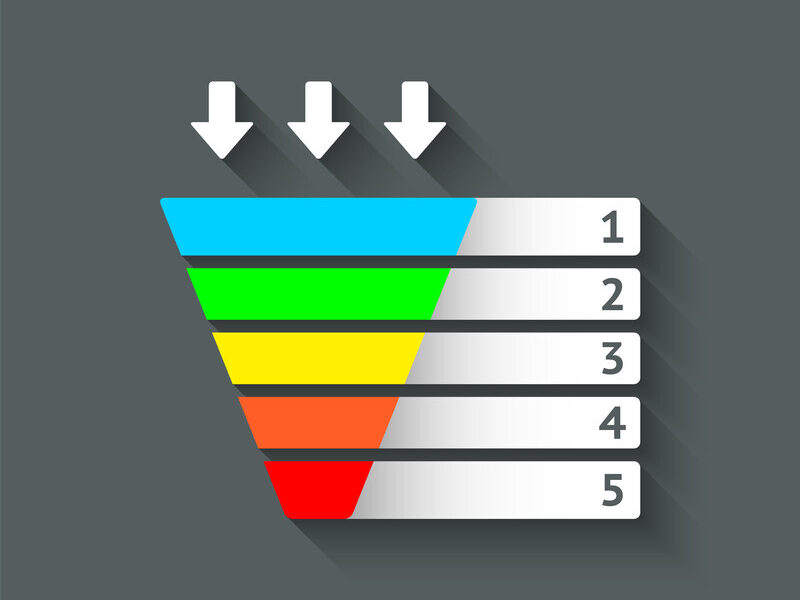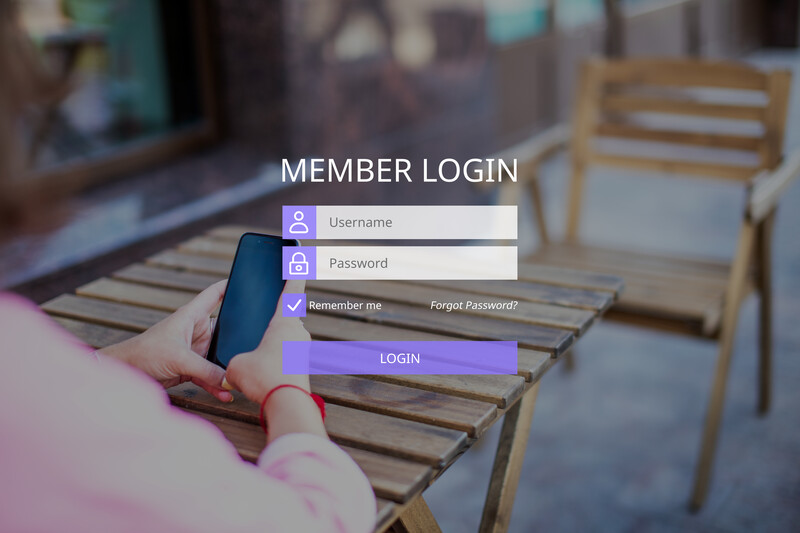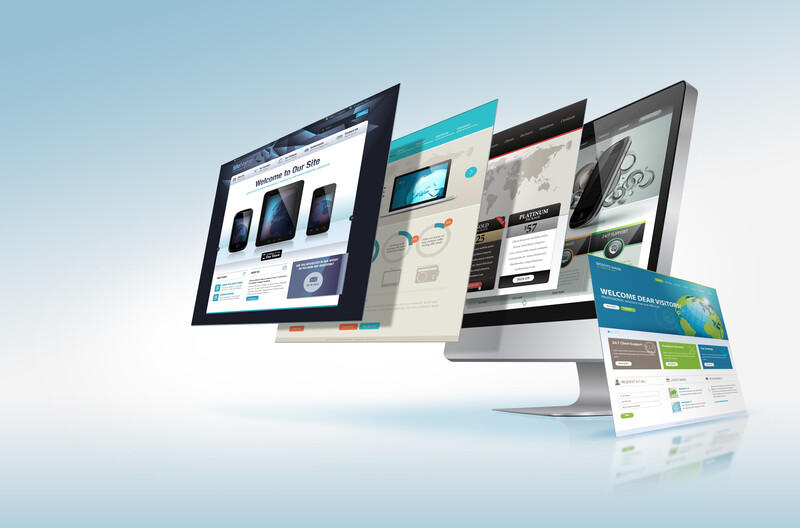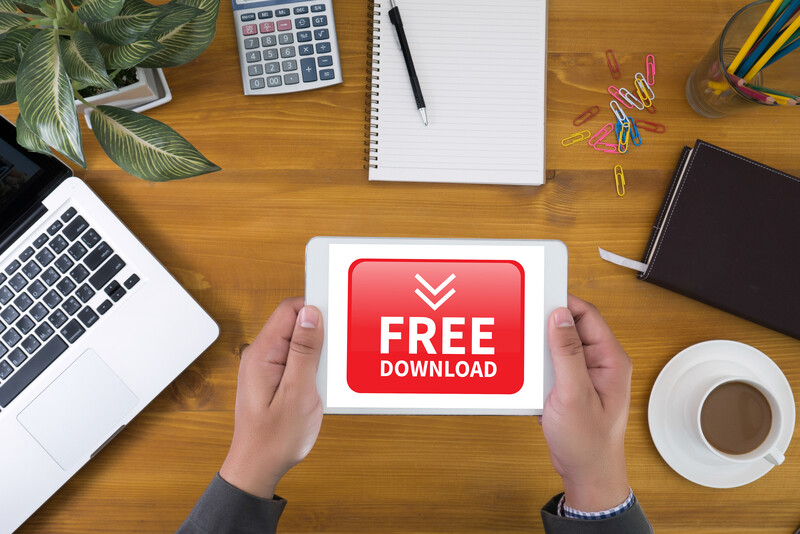The importance of a well-structured B2B sales funnel
Your B2B sales funnel serves as the roadmap for converting potential clients into paying customers, guiding them through each stage of the buying process. A well-crafted funnel can not only help you optimize your marketing and sales strategies but also ensure that you’re building long-lasting relationships with your clients.
One of the critical aspects of a successful B2B sales funnel is understanding your target audience. By researching and understanding the needs, preferences, and pain points of your potential customers, you can tailor your sales approach to address their specific concerns. This targeted approach not only improves the chances of converting leads into customers, but it also fosters trust between your company and your clients.
Moreover, a well-structured B2B sales funnel allows you to identify gaps and bottlenecks in your sales process. Identifying these areas of improvement will enable you to optimize your approach, ultimately leading to increased revenue and business growth. In addition, having a clearly defined sales funnel can help streamline your sales process, making it more efficient and effective.
Key stages of a B2B sales funnel
Understanding the key stages of a B2B sales funnel is crucial to developing a successful sales strategy. These stages represent the journey your potential customers go through before making a purchase. By breaking down the process into individual stages, you can better understand and evaluate your sales approach, making adjustments as needed to improve your results. Here are the key stages of a B2B sales funnel:
- Awareness: In this stage, potential clients become aware of your brand, products, or services. This can happen through various marketing channels, such as social media, search engine optimization, or content marketing. Your goal at this stage is to generate interest and capture the attention of your target audience.
- Interest: Once your target audience is aware of your brand, the next step is to pique their interest in your offerings. In this stage, potential customers may visit your website, sign up for your newsletter, or engage with your content. Your primary goal here is to provide valuable information that addresses their needs and pain points, positioning your company as a trusted resource.
- Consideration: At this stage, potential customers have developed an interest in your products or services and are now evaluating their options. They may request more information, attend a webinar, or schedule a demo. Your goal during the consideration stage is to demonstrate the value of your offerings and how they can address your potential clients’ specific needs.
- Decision: After evaluating their options, potential clients are now ready to make a purchase decision. At this point, you want to be very convincing at to why your product is the best option for your client. This may involve providing testimonials, case studies, or offering a free trial to showcase the benefits of your offerings.
- Retention: Once a client has made a purchase, your focus shifts to nurturing the relationship and ensuring their satisfaction. This stage involves providing excellent customer service, addressing any concerns or issues, and offering additional resources or support as needed. Maintaining a positive relationship with your clients can lead to repeat business and valuable referrals.
How to create a successful B2B sales funnel
These are the steps to follow for developing your sales funnel:
- Define your target audience: Before you can create an effective B2B sales funnel, you need to know who your potential customers are. Conduct market research to identify the demographics, firmographics, and psychographics of your ideal clients. This information will help you tailor your marketing and sales efforts to address their specific needs and preferences.
- Create valuable content: Content is the backbone of your sales funnel, as it’s what attracts potential customers and moves them through each stage. Develop content that addresses the pain points and needs of your target audience, offering solutions and providing valuable information. This may include blog posts, whitepapers, webinars, or social media content.
- Leverage marketing channels: Use various marketing channels to distribute your content and generate awareness of your brand. Consider implementing a mix of inbound and outbound marketing strategies, such as search engine optimization, social media marketing, email marketing, and paid advertising.
- Implement lead nurturing strategies: As potential clients move through your sales funnel, it’s essential to nurture their interest and keep them engaged. Implement lead nurturing strategies such as personalized email campaigns, targeted content, and timely follow-ups to keep your brand top of mind.
- Analyze and optimize: Regularly review your sales funnel performance to identify areas of improvement. Monitor key performance indicators (KPIs) such as conversion rates, sales cycle length, and customer acquisition costs to determine where adjustments can be made. Continuously refine your sales funnel to maximize its effectiveness.
Choosing Clickfunnels templates for B2B sales funnels
When creating a B2B sales funnel, one of the essential tools at your disposal is Clickfunnels templates. These templates are designed to help you build high-converting landing pages and sales funnels with ease, streamlining the process and saving you time.
Here are some tips for choosing the right Clickfunnels templates for your B2B sales funnel:
- Select templates that align with your goals: Different templates are designed for various purposes, such as lead generation, product sales, or event registration. Choose templates that align with the goals of each stage in your sales funnel to ensure they effectively guide potential customers through the process.
- Look for customization options: To ensure your sales funnel resonates with your target audience, it’s essential to customize your templates to reflect your brand identity and messaging. Look for templates that offer a high level of customization, allowing you to add your logo, colors, and other brand elements.
- Consider mobile responsiveness: As more and more people use their mobile devices to browse the web and make purchases, it’s crucial to choose templates that are mobile-responsive. This ensures that your sales funnel looks and functions optimally on all devices, helping to improve user experience and conversion rates.
- Analyze template performance: Many Clickfunnels templates come with built-in analytics tools, allowing you to track and evaluate their performance. Use this data to identify which templates are driving the best results and make adjustments as needed to optimize your sales funnel.
Optimizing your B2B sales funnel for maximum results
To achieve maximum results with your B2B sales funnel, it’s essential to continuously optimize and refine your strategies. Here are some tips for optimizing your funnel:
- A/B testing: Regularly test different elements of your sales funnel, such as headlines, calls-to-action, and images, to determine what resonates best with your target audience. Use the results of your testing to make data-driven decisions and improve your funnel’s performance.
- Personalization: Personalize your marketing and sales efforts by tailoring your messaging, content, and offers to each individual lead. This targeted approach can significantly improve engagement and conversion rates.
- Lead scoring: Implement lead scoring techniques to prioritize your sales efforts and focus on the most qualified leads. This can help your sales team work more efficiently and close deals faster.
- Automation: Utilize marketing automation tools to streamline your sales funnel, saving time and ensuring consistent communication with potential clients. Automation can also help you better manage your leads, track your funnel’s performance, and make data-driven decisions.
B2B sales funnel metrics to track and analyze
Monitoring key metrics is essential for evaluating the success of your B2B sales funnel and identifying areas for improvement. Here are some important B2B sales funnel metrics to track and analyze:
- Conversion rates: Measure the percentage of potential clients who complete a desired action at each stage of your sales funnel, such as signing up for a newsletter or making a purchase. This metric can help you determine the effectiveness of your strategies at each stage and identify areas for optimization.
- Sales cycle length: Track the average amount of time it takes for a lead to move through your sales funnel, from initial contact to purchase. This metric can help you identify bottlenecks and inefficiencies in your sales process, allowing you to make improvements and close deals faster.
- Customer acquisition cost (CAC): Calculate the average cost of acquiring a new customer, including marketing and sales expenses. Monitoring your CAC can help you ensure that your sales funnel is cost-effective and sustainable.
- Customer lifetime value (CLV): Assess the total revenue generated by a customer over the duration of their relationship with your company. This metric can help you determine the long-term value of your sales funnel and identify strategies for increasing customer loyalty and retention.
Conclusion: Mastering the art of B2B sales funnels for business growth
A well-structured B2B sales funnel is crucial for driving revenue and expanding your business. By understanding the key stages of a sales funnel, creating valuable content, leveraging marketing channels, and continuously optimizing your strategies, you can master the art of B2B sales funnels and achieve sustainable business growth.





